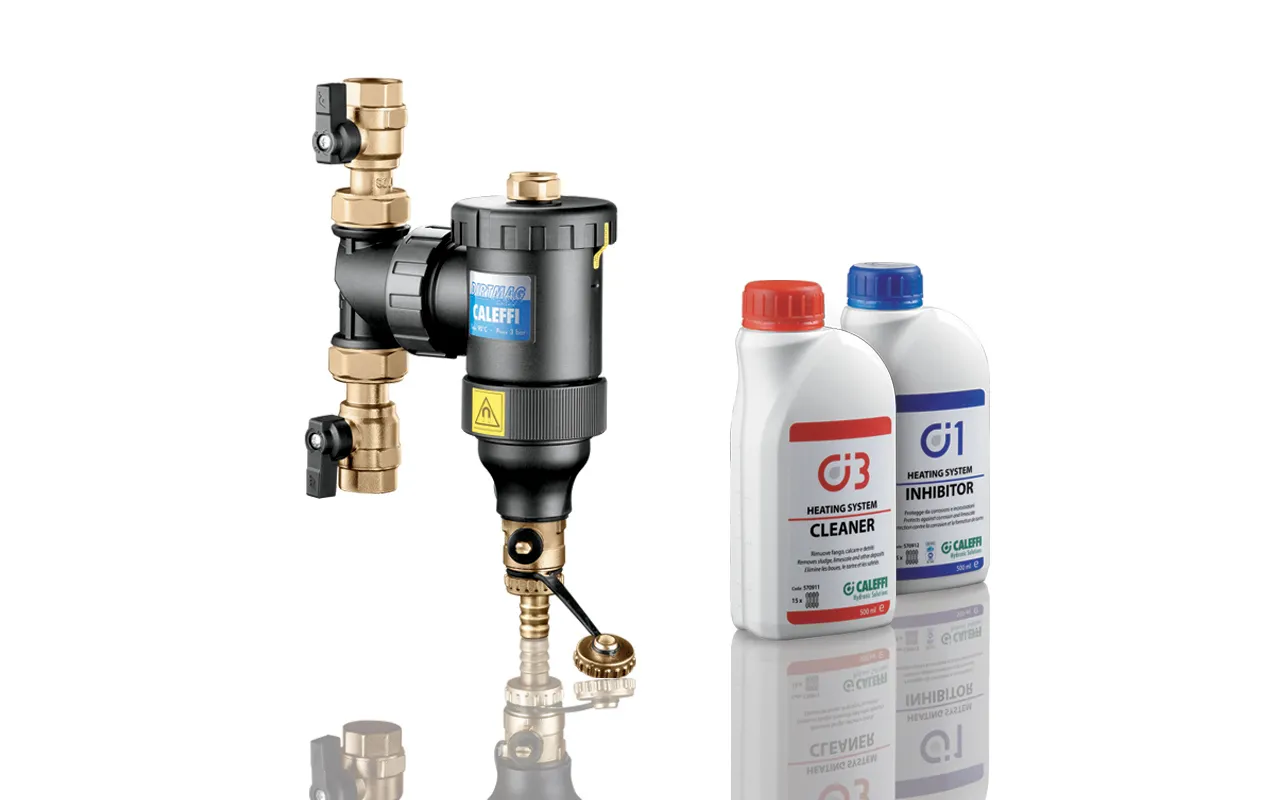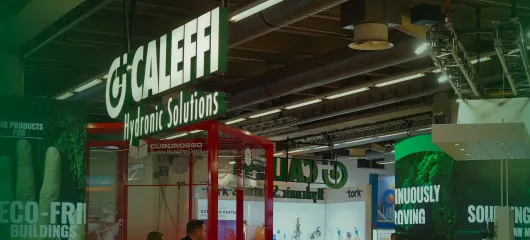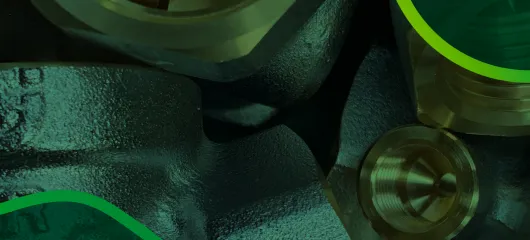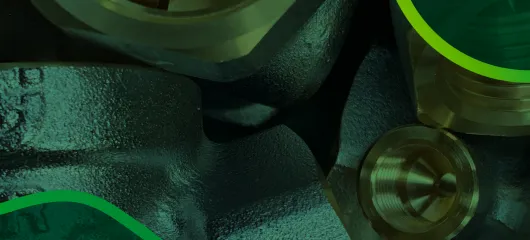For efficient dirt separation over time
Water inside the heating system contains organic substances (such as bacteria and algae) and inorganic substances (such as sand, rust, welding residues). In addition to these deposits there are limescale encrustations (calcium and magnesium precipitations, hardness salts) that contribute to obstructing the passages and are responsible for triggering corrosive phenomena. Corrosion is in general a process that is characterized by the superficial removal of metal, more or less deep, which can also lead to the pipe perforation.
Deposits, corrosion and encrustations reduce the system efficiency, prevent the regulation components (such as traditional thermostatic radiator valves) from operating optimally, causing high noise levels and sometimes pipe obstructions or equipment faults. Consider, for example, that 1 mm of limescale deposited in an exchanger reduces exchange efficiency and increases energy consumption by 10%.
A good wash with a specific product such as C3 CLEANER, the installation of a DIRTMAG® dirt separator made of composite material fitted with shut-off valves and the use of a protective product such as C1 INHIBITOR contribute to maintain the water in the heating system in the ideal operating conditions, in order to guarantee greater efficiency and thermal yield of the system.
C3 CLEANER is a universal detergent with a neutral formulation, suitable for removing mud, limescale and debris from new and existing heating systems. Easy to dose using the dirt separator and compatible with all materials typical used in heating systems, including aluminium, C3 CLEANER is extremely effective in the dispersion of limescale and magnetite conveying them towards the dirt separator to be removed. The ball valves supplied with the DIRTMAG® dirt separator allow to easily drain the impurities contained in it.
The DIRTMAG® dirt separator retains the impurities, even the magnetic ones, thanks to the action of two magnets located in the appropriate removable ring. The device can then be used as an access point for the introduction of both CLEANER and INHIBITOR.
After washing, the C1 INHIBITOR, which is a protective inhibitor based on molybdate, ideal for protecting the system against possible corrosion and deposits, must be inserted into the system. With these small expedients, the system is kept efficient over time.














